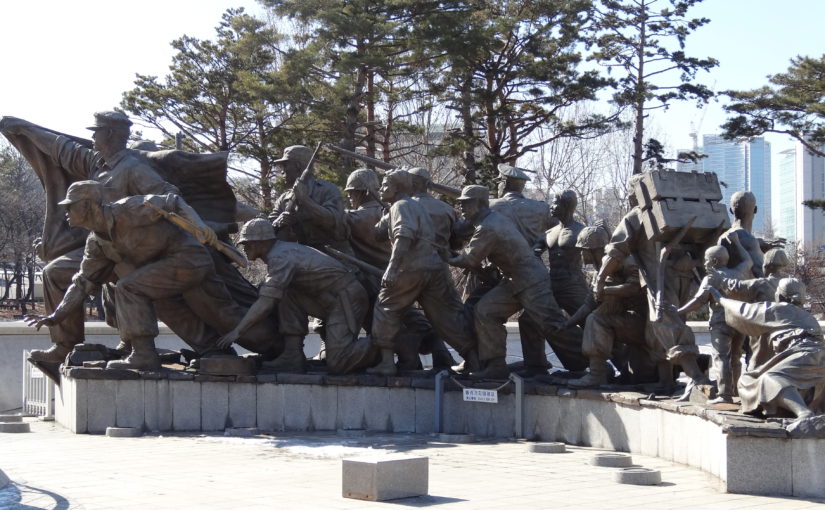Travel period Feb 2017
We arrived there around 11am. An hour late for the scheduled guided tour. But we really wanted to learn about their war history, so we went to the information booth to get a museum map and made our own way to explore the memorial. Despite being called a memorial it’s really more like a museum.

The War Memorial of Korea
The War Memorial of Korea is located in Yongsan-dong. It was first opened in 1994 on the former site of the army headquarters, to exhibit and memorialize the military history of Korea. The museum has four full floors in two main wings, and houses approximately 33,000 artefacts with about 10,000 on display both indoor and outdoor exhibits.
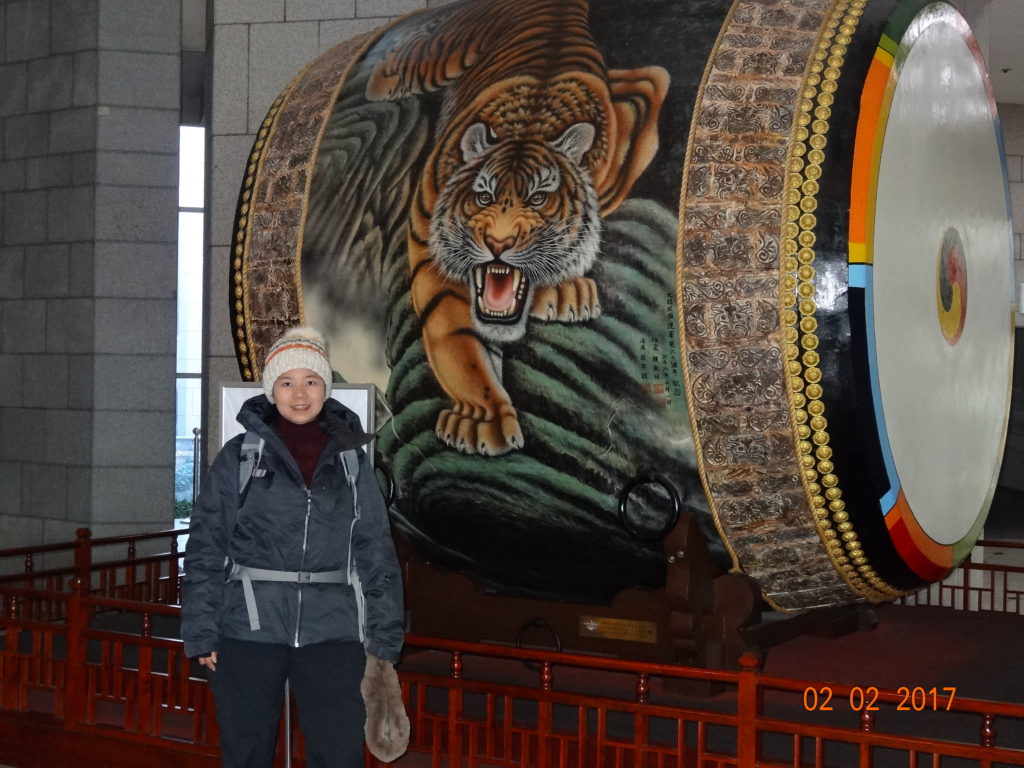
The indoor exhibits are housed in 7 different exhibition halls; The Memorial hall, The War History Room, The Korean War Room, The Expeditionary Forces Room, The Armed Forces Room, The Large Equipment Room and The Korean Defence Industries Room. Each room is full of real and replica artefacts, dioramas, records and videos that absolutely educate and slightly overwhelm any visitor. Placards are posted in both Korean and English.
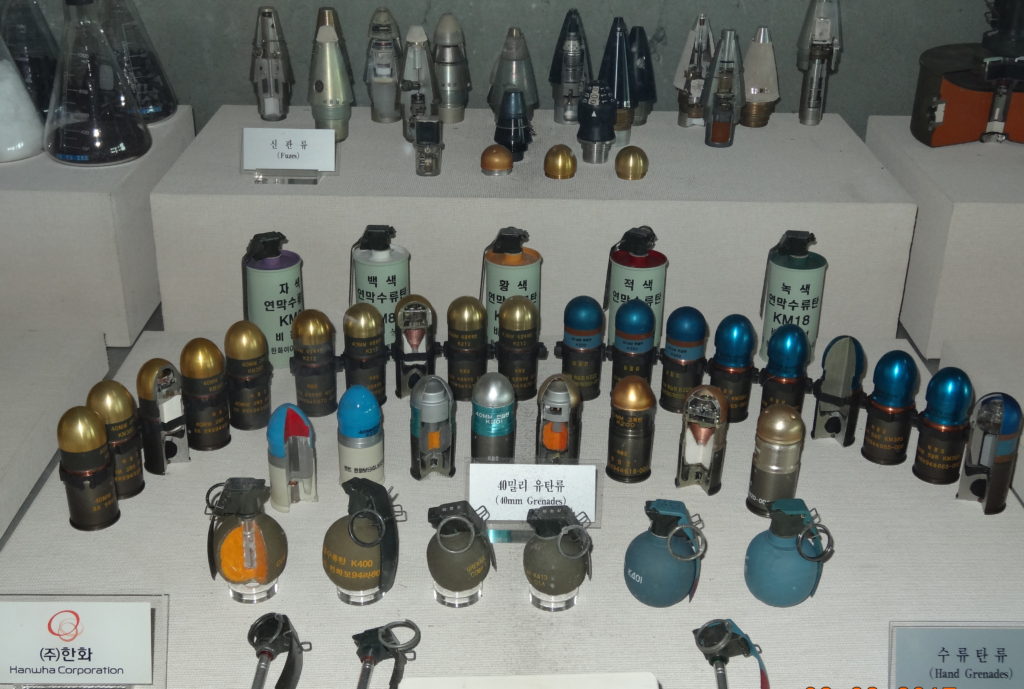

The indoor exhibits are divided into two kinds of Korean history; the Korean War and Wars back in the Joseon times.
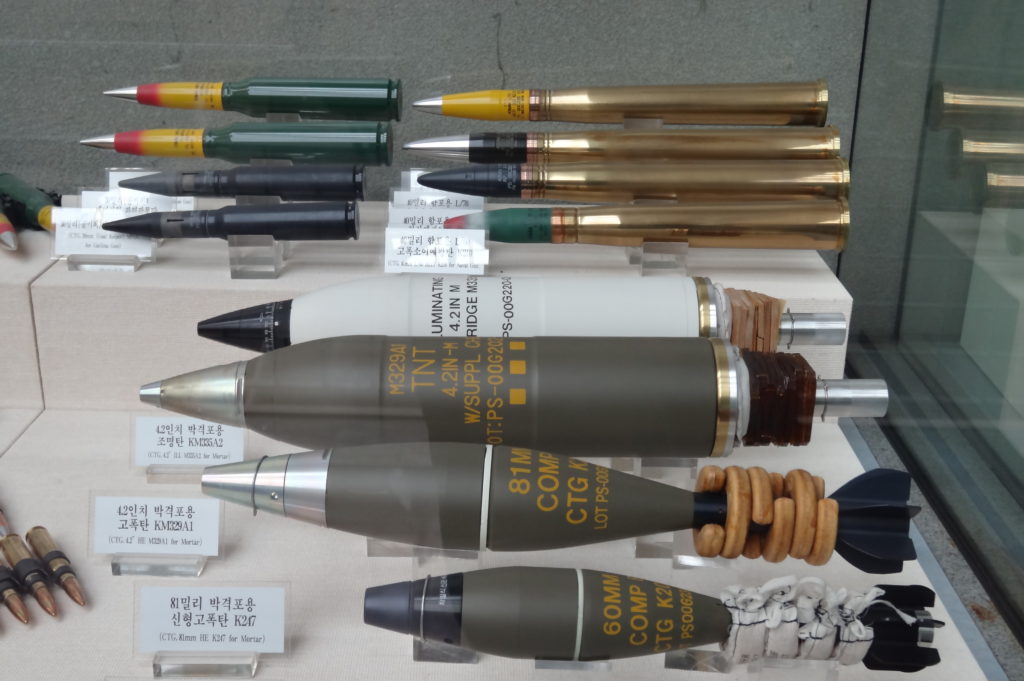

We started our tour with the War History Room that covered Korea’s military history from prehistoric times, to the start of the Japanese occupation of Korea in 1910. There were the usual stone axes and bronze swords in the prehistoric section. It was fairly well laid out but pretty generic in my opinion.
The Three Kingdoms section was more interesting. The Three Kingdoms period ran from 57 AD to 668 AD and refers to the time when Korea as a country, did not really exist yet, but was in fact 3 separate kingdoms, the Baekje, Silla and Goguryeo (was later known as Goryeo).
There were some interesting displays in this section and we particularly liked maps that traced the changing borders of the kingdoms as they fought among themselves, and against other local powers for control over the Korean peninsula, and parts of China.


The Joseon Dynasty (1392 – 1910) section also had some great artefacts and displays, including a hwacha (a kind of early missile launcher that fired many arrows at the same time), a mock-up of a Hwaseong Fortress and a replica of one of Admiral Yi Sun-shin’s turtle ships (Geobukseon) which he used to defeat the Japanese navy in the 1590s.
These ships participated in several important naval victories over the Japanese fleet and have now reached, along with the admiral, legendary status here in South Korea.
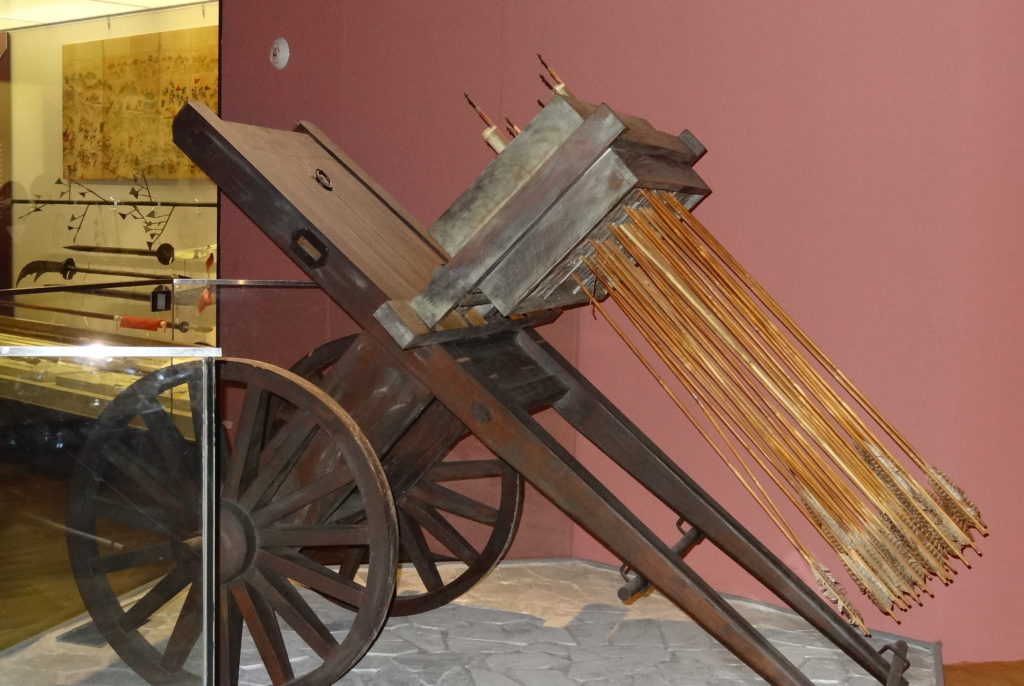

Other displays cover Korea’s involvement in the Vietnam War (4700 Koreans died), North Korean attacks on the South since 1953, Korea’s UN peacekeeping roles during the Vietnam War, the tactics of the Viet Cong, The Gulf War, PKO’s dispatch to Somalia, and more.

Next, we moved on to the Memorial Hall. This was lined with busts of Korean national heroes, who had served various wars including the Vietnam War in which 4700 Koreans were killed.
Under each bust, there was a plaque telling the hero’s story, usually a rather gory one with plenty of insane acts of bravery. We could not help but feel regret and sadness that welled inside us, while we were in the memorial hall, thinking of the many, many unknown patriots who were involved that gave their lives in the war…and now only their names are etched in memory…
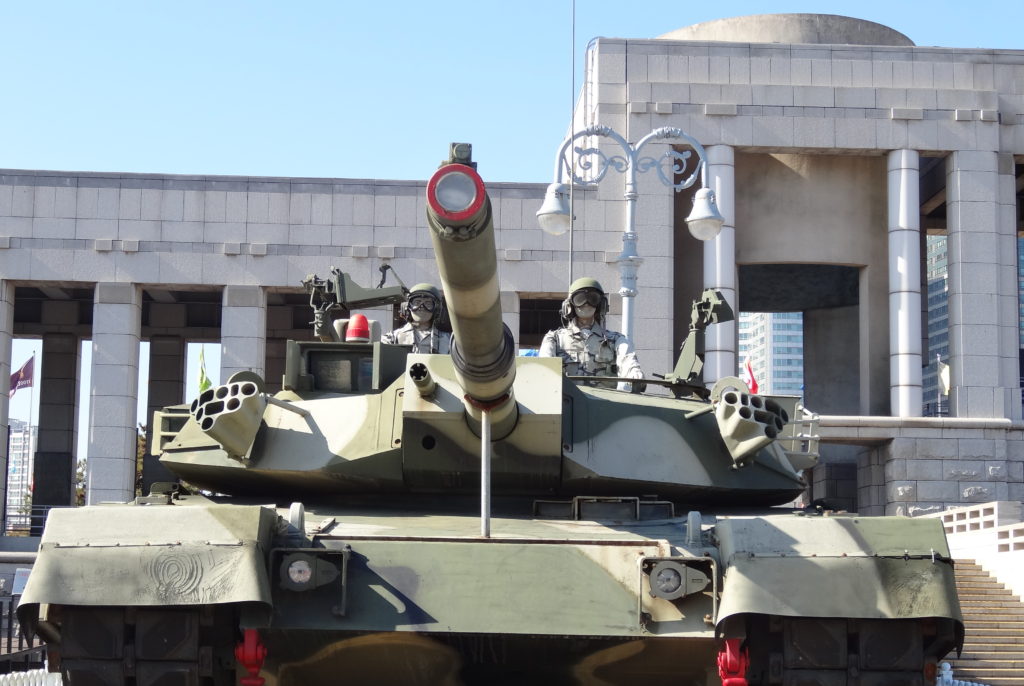

Next, we moved outside. The outdoor exhibition area was huge and really interesting. It had loads of cool outdoor displays of military vehicles, not only from the Korean War, but from many other wars as well from a range of different countries.
There were airplanes, helicopters, missiles, armoured personnel carriers (APC’s), tanks, trucks and boats. Even better, you could actually go inside or clamber on board most of the vehicles which was fascinating, in that it gave you an idea of just how cramped and uncomfortable some of those tanks and APC’s were.


The outdoor area also contained The Korean War Monument, the Peace clock tower and the massive Statue of Brothers. No one can miss the huge and impressive statue of two brothers (one from the North, one from the South) meeting on the battlefield.
A poignant and constant reminder that more than ten million Korean families are still separated by the Korean War. While on the left side of the museum entrance there is a monument containing all the names of the UN soldiers who were killed in the Korean War.

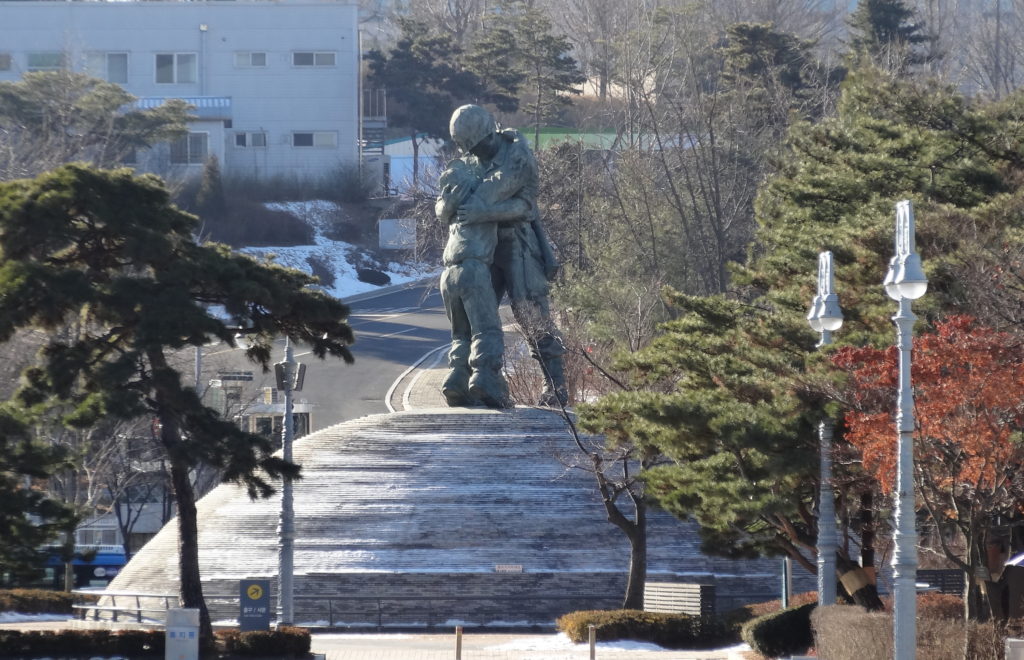
The War Memorial is definitely a great place to check out, we spent at least three to four hours there. The information was overwhelming, but history should never be forgotten so it’s not repeated. The museum is a complete necessity and a hole in one as far as impact on visitors is concerned.
We’ve learned more about the background of the Korean War, the progression of the war and how a truce was eventually established. If you ever happen to be in Seoul, we’d definitely recommend a visit, specifically for anyone that wishes to have a better understanding of the Korean War.
Foreign Language Interpretation Services: English, Japanese, Chinese (Audio guide rental).
Operating Hours: Tuesday to Sunday 09:00 – 18:00 (Closed on Monday) If Monday is a holiday, it will be closed on the following day instead.
Admission is FREE
Getting There: Take Subway Line 6 to Samgakji Station (Exit 1, 11 or 12) OR Take Subway Line 1 to Namyeong Station (Exit 1).
Note: The information provided in this post was correct at time of publishing but may change. For final clarification please check with the relevant service.

